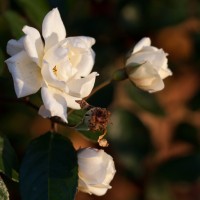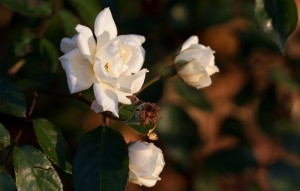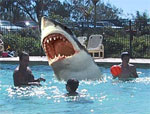
It’s that time of the month again – Photography Concept on Friday (remember to refer to it as ” PCoF ” to look cool in front of your friends) looks at the Golden Hour. The Golden Hour is sometimes referred to as the Magic Hour. It’s not to be confused with Happy Hour, although they do share similarities – it’s the one hour of the day you should look to take advantage of as much as possible.
To further confuse you, the Golden Hour occurs twice a day, so technically it’s the Golden Two Hours. It is essentially the first hour of light around dawn and the last hour of light around dusk. For outdoor photography, these hours are special, because the light is of a particularly beautiful quality. Tones are warmer, the light is softer and the shadows are longer.
Now for a little bit of science (and I mean “a little bit”). The reason the light is of a different quality at this time of day is due to the positioning of the sun. The closer the sun is to the horizon, the farther the light has to travel through the Earth’s atmosphere. This reduces the intensity of direct light, such as the kind you might see at high noon (think duels in Wild West films). During Golden Hour, more of the light comes from indirect light from the sky.
Contrast is less pronounced during the Golden Hour, so in landscape photography, shadows are less dark and highlights are less likely to be overexposed. Golden Hour is great for everything, in fact – portraits benefit from the beautiful, dramatic lighting, as the diffuse, soft, warm nature of the light is kind to skin tones.
My advice would be to get creative with the Golden Hour: don’t just limit it to landscapes and portraits. The most mundane of objects and grottiest of side streets can be transformed into beautiful scenes. Go and find something that you know has almost no photographic potential and see how it looks, quite literally, in a different light. Heck, take your own objects outside and set up a still life out in the park.
So instead of taking advantage of the Happy Hour this Friday evening, why not take advantage of the Golden Hour? I use The Golden Hour Calculator to find out exactly when the Golden Hour begins and ends. It’s absolutely brilliant – it shows you exactly when the Golden Hour starts and ends each day. For all you London types, the Golden Hour this evening starts at 7:12pm and ends at 8:32pm.
Go forth, dear readers, and discover a whole new, beautifully lit world.







